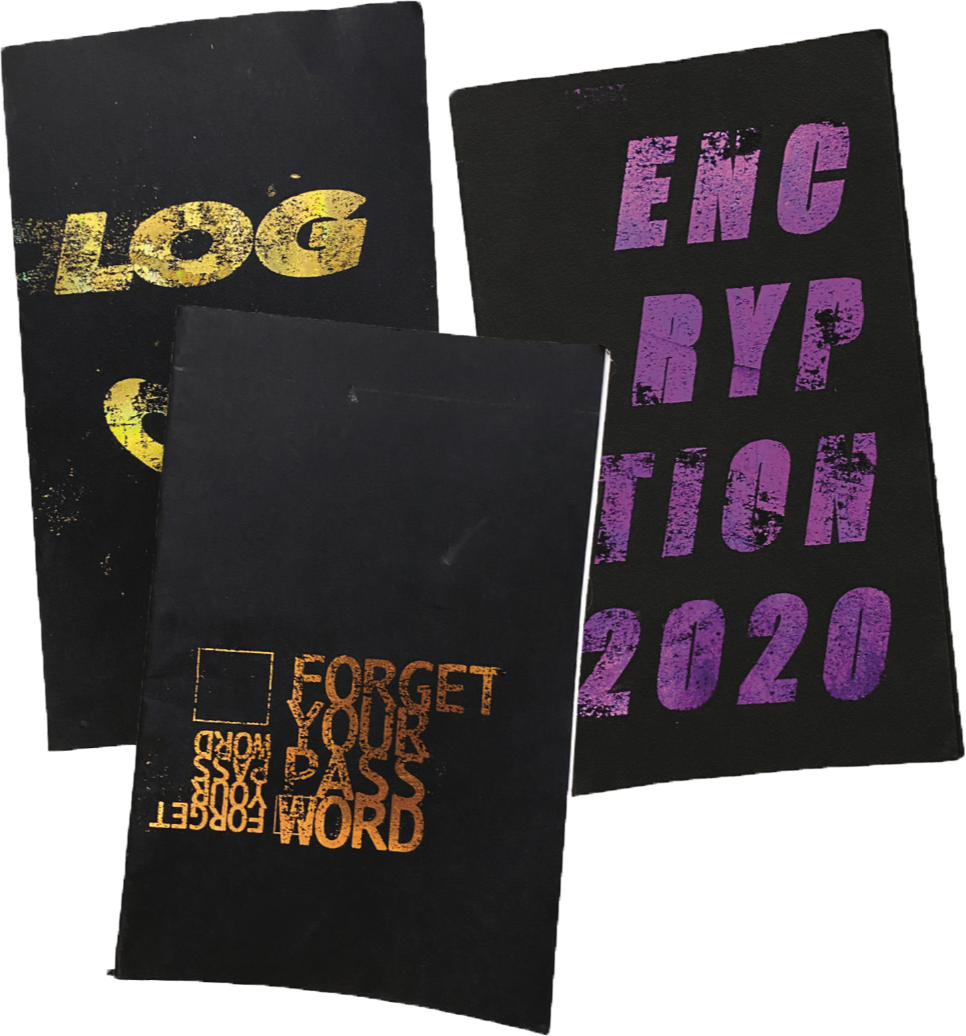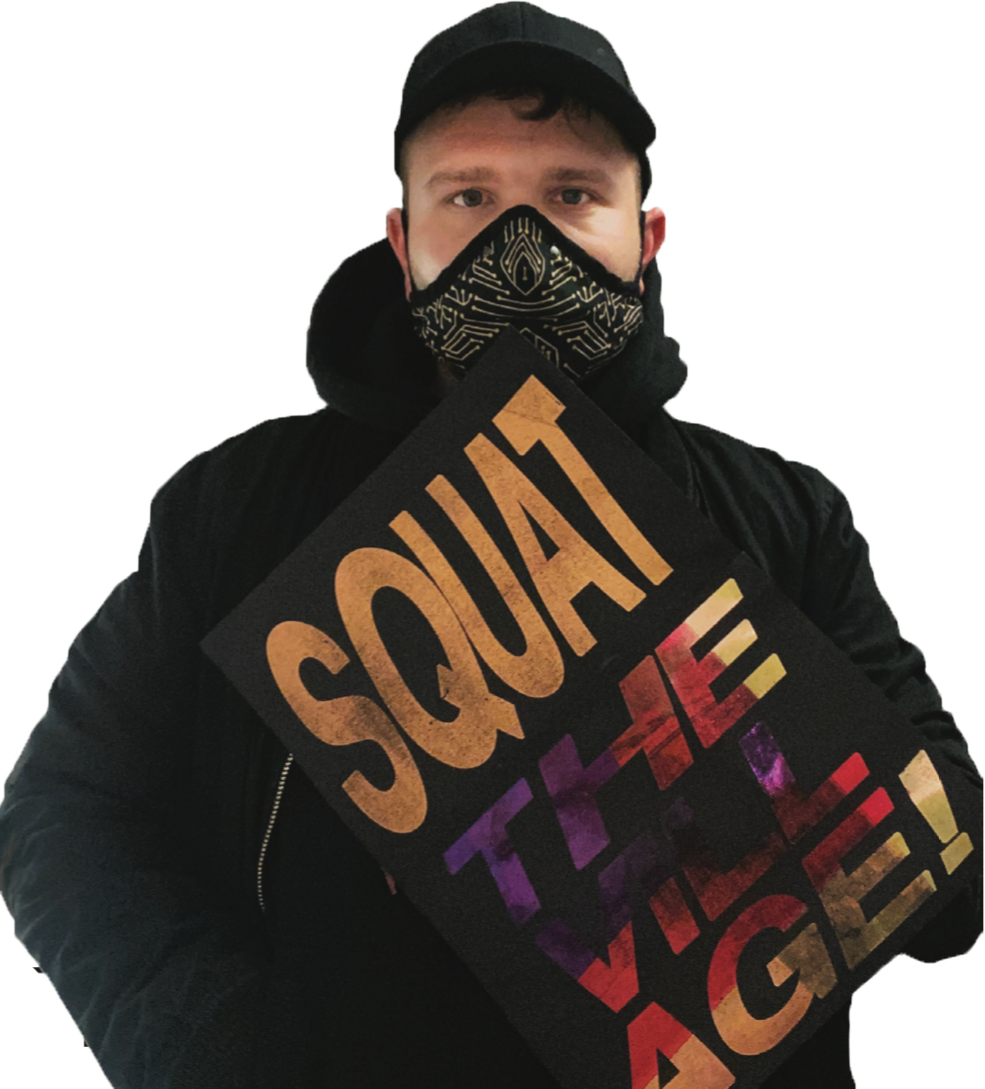

I’m not one to slow down, I’m not great at sitting still, and I’m especially not built to #stayhome.
I’ve always known this about myself on some level, but I’ve understood it in a new, intensely visceral way in 2020. Large parts of society suddenly reorganized around staying put in front of a computer screen, and eight months later we’re all still on Zoom. As a freelance writer, arts guy, and community type, I thought I would be fine, that I might find routine in quarantine. After all, hadn’t I already been living that millennial laptop life.
Wrong! Turns out I was only tolerating the heavy screen time because it enabled, you know, real life for the rest of the time. Without hosting events, doing workshops, and zig zagging across town on my bike for meetings or events, my body began to ache, my hands fidgeting for something to do or make. Sitting there at my desk in April with my head in my hands, ready to throw my laptop out the window, I looked up towards my bookshelves, desk and drawers all bursting with paper. Then, in some awesome cosmic cloud, all of my zines poured forth and wrapped around me, giving me a hug and a gentle push: make something! Try something new!
I’ve made my share of zines, usually of the classic cut-and-paste, copy scammed sort. Like all zinesters, I take pride in being hands on, and typically handle pretty much every aspect of the zine production myself, except for one — the actual printing, the impression of ink on to the page. I decided that it was time to change that. My hands got busy again. Good fortune, obsessive searching, and some leap of faith investments brought me a whack of weird and obsolete supplies to play with: a used mimeograph, stacks of old Letraset transfer sheets, a retro foil-transfer iron with sheets of fun colours, and — get this — a Risograph in near perfect condition for $50 on Kijiji. Fun fact, my loving partner Marc has since banned me from Kijiji purchases.
As I’ve been toying with my toys, (sometimes successfully!), my reverence for the awesome variety and efficiency of printing materials and processes gained new gusto, something I’d thought impossible. It sounds obvious, but there is so much power in paper. I began printing and distributing new zines at rallies and marches, made tons of stickers and stamps and stencils, printed and installed dozens of “distancing” style floor decals with challenging political language in them. I made more than a few friends with my shiny foil protest signs, too (if you want one, email me!). Yes, I was printing my politics in a reinvigorated way, moved not just by our moment but by the medium. And lo and behold, busy hands make for better days, unlocking the lockdown.
I’ve always championed the explosive, revolutionary potential of zines. I’ve no doubt that this action-oriented, political editorial slant has been visible in the pages I’ve helped produce as editor here. But as I immerse myself in printing technologies with vigor, I see more of these possibilities than ever before.
That’s why, as Broken Pencil begins a year celebrating a quarter century of publication, we’ve decided to go all in. For four issues, we’ll be focusing our reporting, outreach and analysis on precisely this point — zines, print, and analog as critical tools of democracy, in the purest sense of the word. Power to the people, powered by the page.
In sol,
Jonathan
